What Are Some Easy Fire Monsters in Dnd
Dungeons and Dragonshas many different kinds of monsters for players to test their skills against, from magical beasts to evil undead to fiends from the darkest places of the multiverse. One of the most flashy and outwardly magical monster types inD&Dis the elementals. These creatures, according to theMonster Manual,hail from D&D's elemental planes and are infused with the raw magic found there.
Some of them are purely elemental in form, while others more resemble biological life forms with clearly magical traits. The most obvious elemental creatures are the elementals themselves, pure embodiments of earth, water, fire, and air. But these are far from the only elemental creatures present inD&D,and there are plenty of other elementals that would make great adversaries in a high-magic campaign.
10/10 Azer Are Master Craftspeople
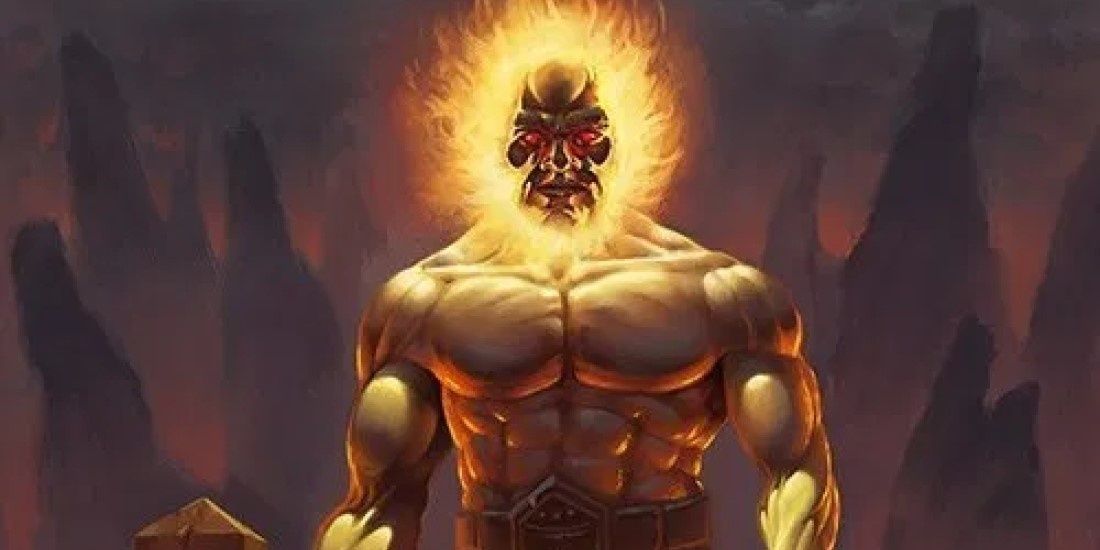
The azer resemble dwarves with firey hair and beards and with skin made from burnished bronze. TheMonster Manualdescribes them as highly skilled smiths and craftspeople, working tirelessly in their volcanic citadels to create tools and magic items. They reproduce by literally creating new azers out of bronze and imbuing them with life. Since they are lawful neutral, aD&Dparty might not necessarily come into conflict with a group of azers right away. They could be powerful patrons, sending the party to gather resources to craft a powerful treasure.
9/10 Xorn Can Be Helpful Allies
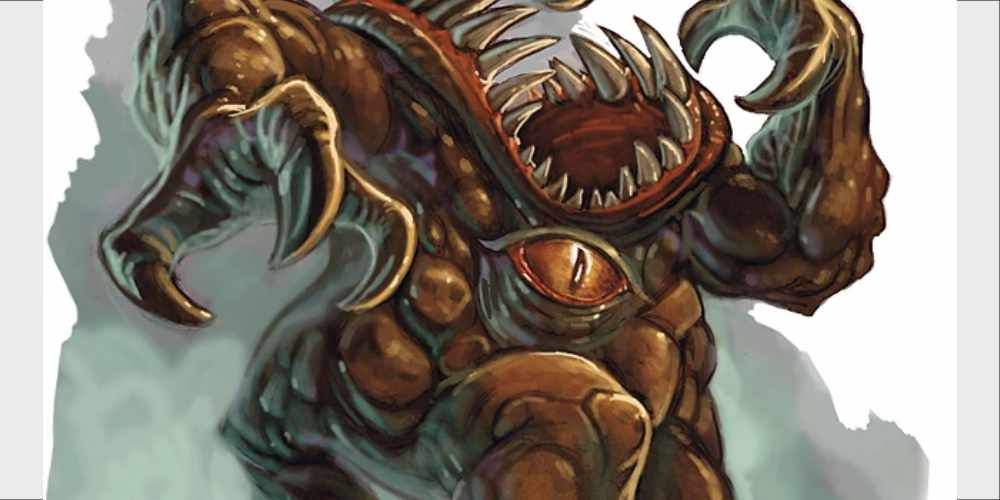
Despite their fearsome appearance, xorn are neutral creatures that subsist solely on eating precious gems and metals. These creatures are at home in the Elemental Plane of Earth, but they occasionally find their way to the Material Plane where they must use their ability to glide effortlessly through earth and stone to seek out their favorite foods. A xorn could make an extremely valuable ally to a D&D party trapped deep underground, provided they have the gems to buy its cooperation.
8/10 Salamanders Are Powerful Adversaries
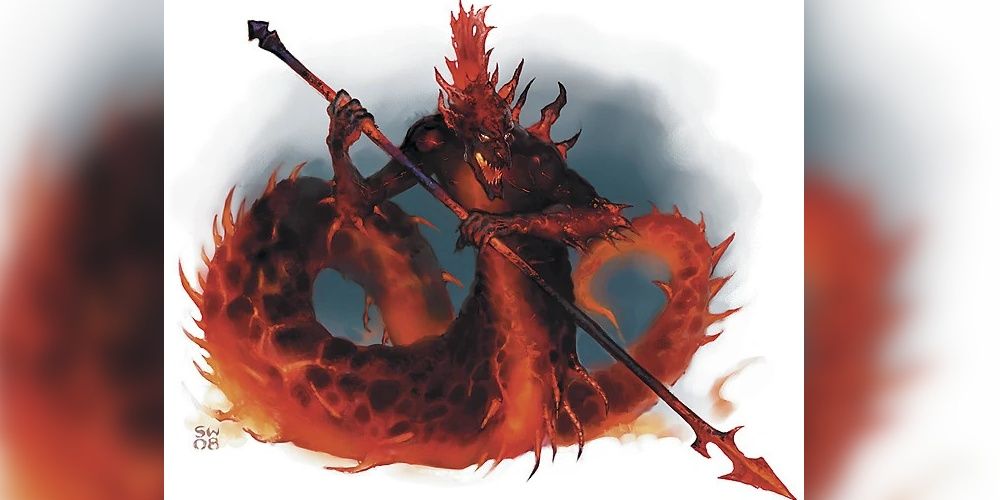
D&Dsalamanders bear little resemblance to their real-life counterparts. These large, serpentine people literally burn with intense heat, causing their weapons to deal extra fire damage.
They can also constrict enemies with their tails, restricting their movement and dealing further fire damage. Salamanders make great mercenary-type enemies in service to a larger, more powerful elemental such as an efreet.
7/10 Galeb Duhr Guard Magical Places
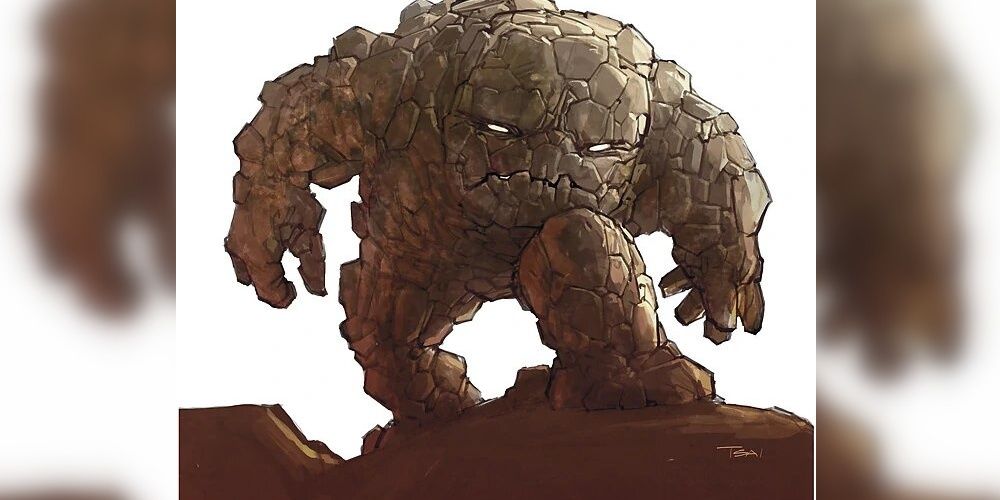
A surprising number of elemental creatures are neutral in alignment, the galeb duhr among them. These creatures resemble walking boulders, and are perhaps best known for their ability to curl up into a ball and roll at high speeds to travel quickly or attack their foes. They can also animate other boulders to fight alongside them, so they are rarely found alone. Powerul wizards and druids can summon galeb duhr to guard places of power, which seems like the most likely place for a party of adventurers to encounter one.
6/10 Mephits Are Great In The Early Levels
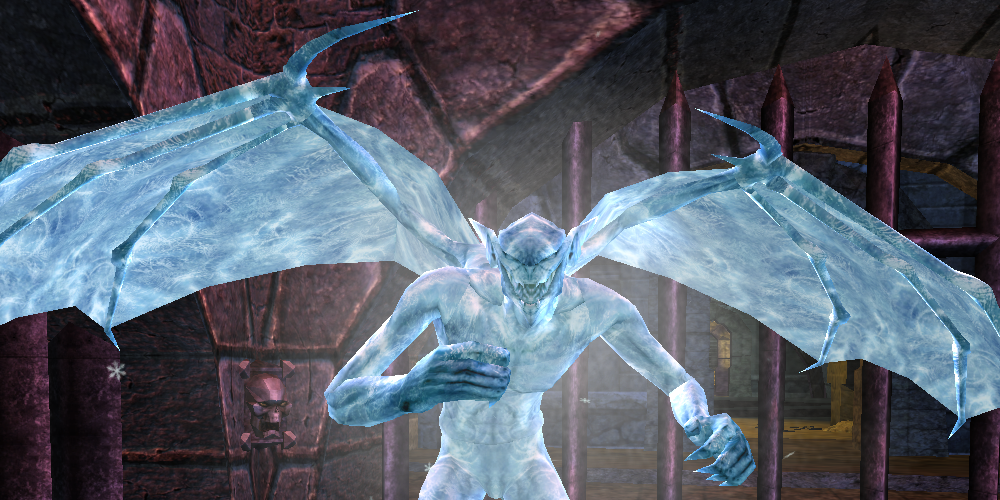
Elementals might seem like creatures restricted toD&D's higher levels of play, but the mephits are here to put that assumption to rest. These creatures range from Challenge Rating 1/4 to 1/2, making them perfect enemies for a low-level party. Each mephit is a combination of two of the four basic elements, so a dust mephit is earth/air while a steam mephit is fire/water.
RELATED: The 10 Best D&D Video Games, Ranked According To Metacritic
Mephits all have some inherent spellcasting, some damage immunities, and a Death Burst ability, so they are among the most dynamic and interesting creatures players can encounter in the early stages of a campaign.
5/10 Invisible Stalkers Can Hunt Their Prey Tirelessly
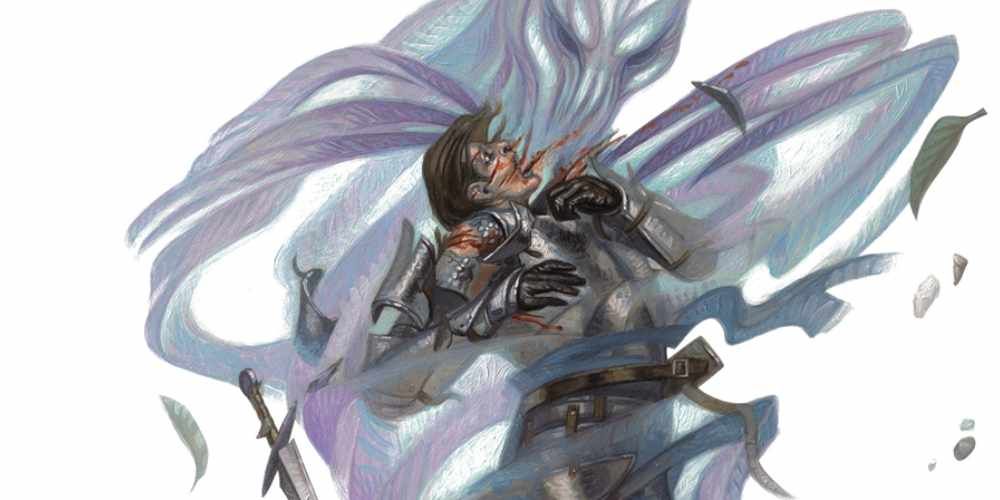
The invisible stalker could easily be confused for some kind of undead, but it is in fact an air elemental bound by powerful magic to hunt creatures down and kill them. These creatures are, as their name suggests, completely invisible, making them extremely dangerous to even seasoned adventuring parties. They always know the direction to their quarry, so aD&Dparty that crosses a powerful enough spellcaster could easily find themselves being relentlessly stalked by something they can't even see.
4/10 Elemental Myrmidons Are Upgraded Elementals
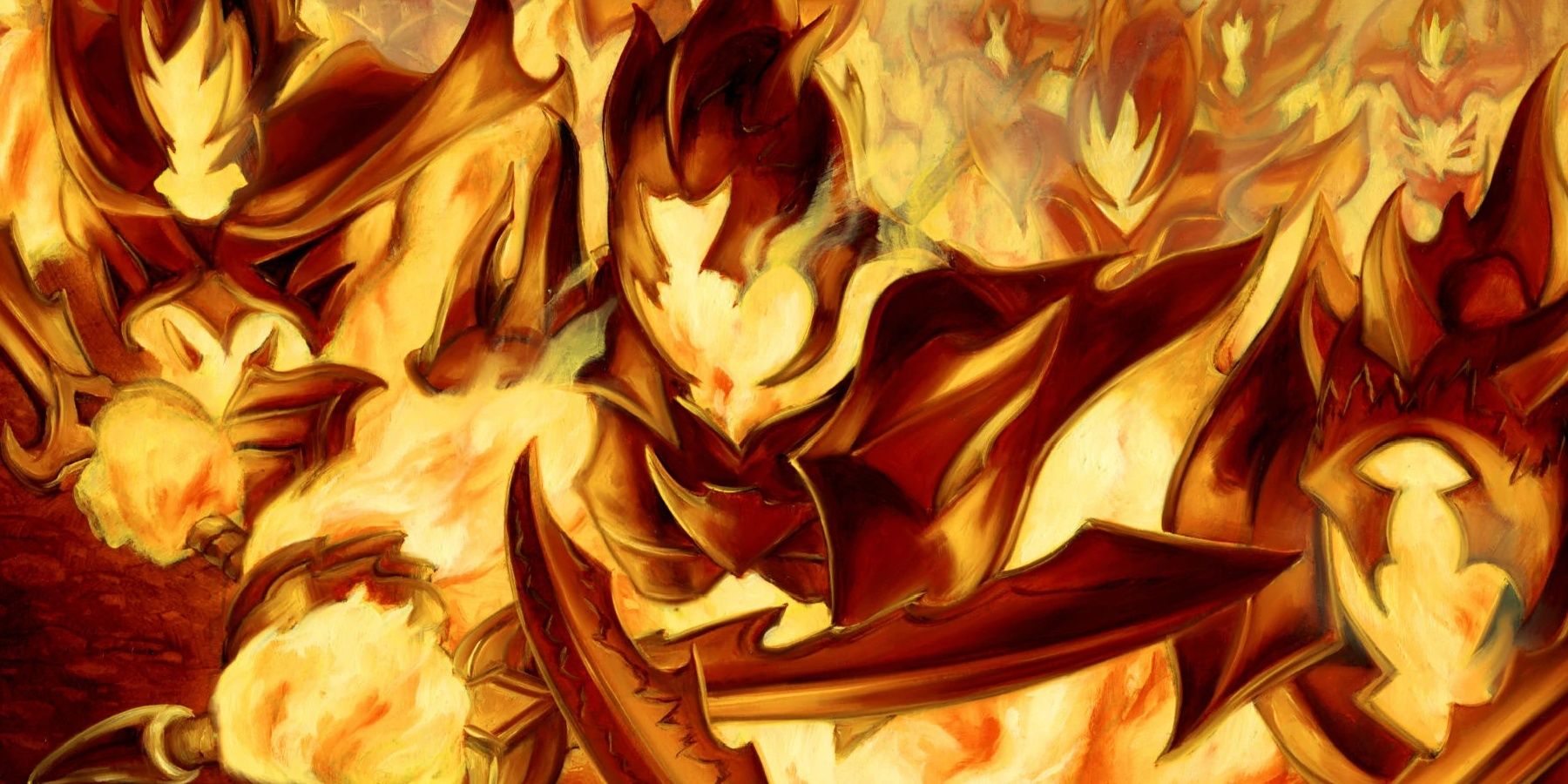
While the basic elementals presented in theMonster Manualare very cool, the elemental myrmidons kick things up a notch. These creatures are formed when a powerful magician uses arutual to bind an elemental to a suit of armor, creating a powerful magical guardian in the process. Each kind wields a different weapon and has a unique special attack, like the air elemental myrmidon's Lightning Strike ability or the water elemental myrmidon's Freezing Strike.
3/10 Water Weirds Can Be Good Or Evil
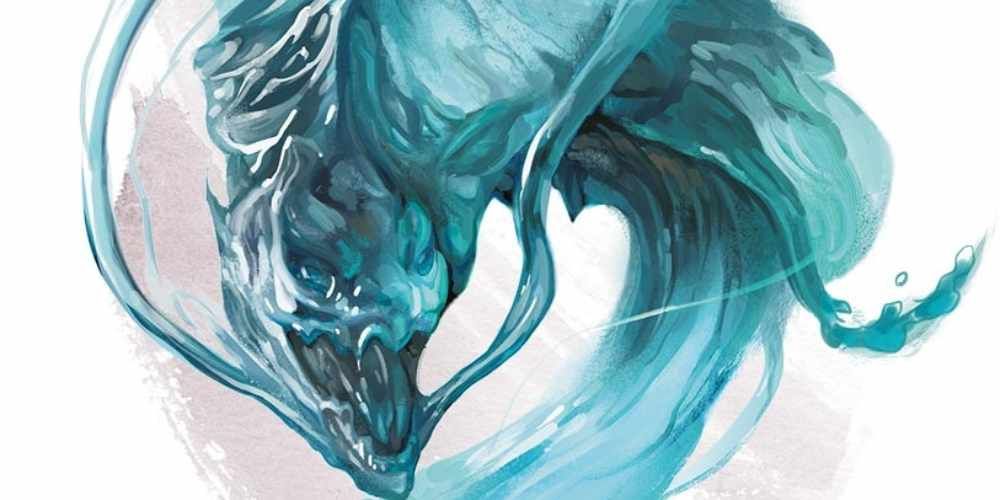
Water weirds are magical guardians bound to pools or fountains and tasked with protecting a powerful magical site. Interestingly, these creatures start out neutral, but can become neutral good or neutral evil depending on the nature of the site they guard.
At just Challenge Rating 3, these creatures are feasible for adventurers to face very early on in their careers, but since water weirds are invisible while underwater and can actually drag enemies down into their pools to drown them, they will prove quite a challenge.
2/10 Genies Rule The Elemental Planes
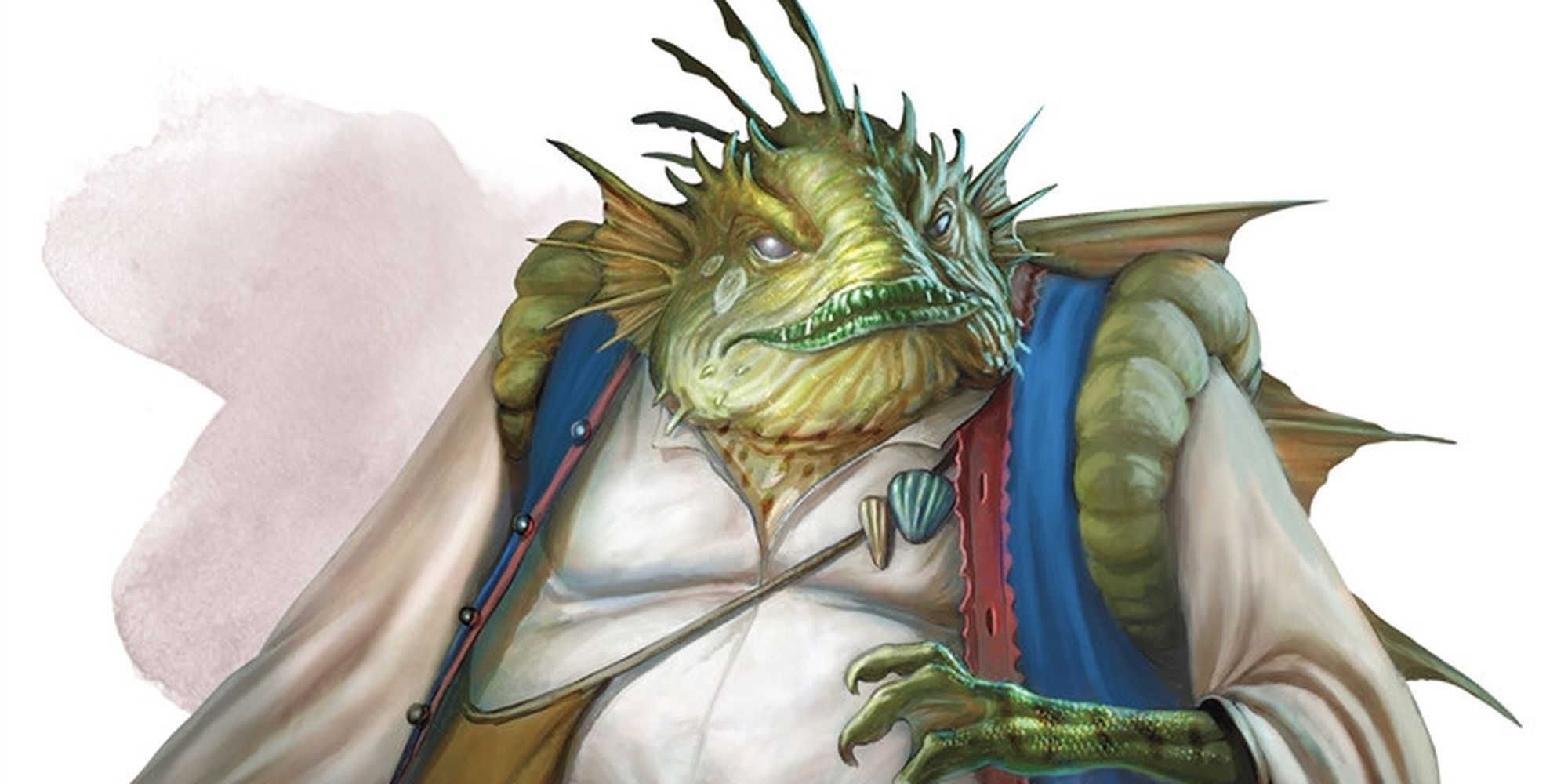
Many elementals inD&Dare simply raw expressions of magical force, but genies are a bit different. These creatures are quite intelligent, ruling from great palaces in the elemental planes. There are four types of genies: dao for earth, marids for water, efreets for fire, and djinn for air. Each of these creatures has their own disposition and suite of powers, but they are all extremely easy to slot into a campaing. A genie could be a pwerful patron for a party, or just as easily be the main villain of a campaign.
1/10 Flail Snails Have Powerful Antimagic Abilities
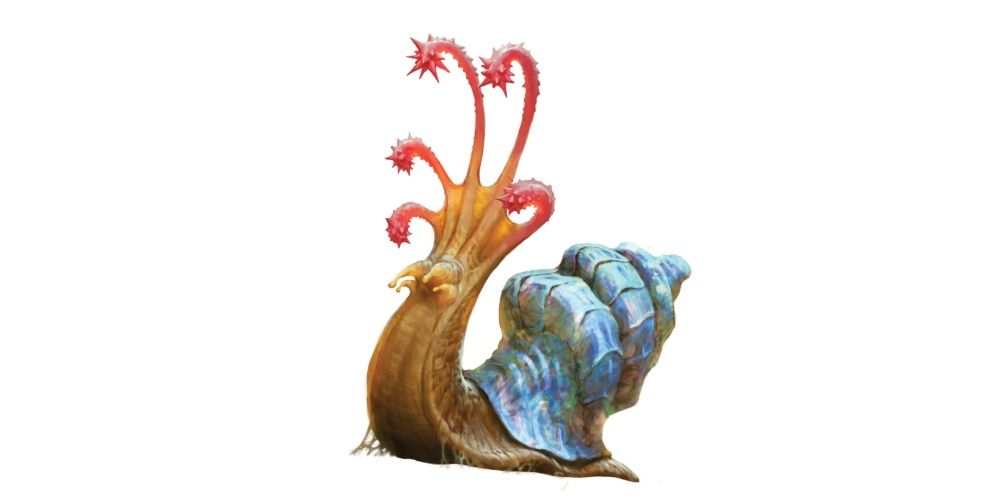
Not every elemental creature is obviously composed of a classical element. Flail snails are large, magical mollusks that come from the Elemental Plane of Earth. Their post distinctive feature may be their namesake flail tentacles which sit where a normal snail's eyes would be. But even more exciting is their magical shell which helps shield them from magical attacks and can even reflect spells back at their casters. Hunting a flail snail for its shell is a great setup for an adventure, as these shells are highly prized by wizards and artificers.
RELATED: D&D: 8 Tabletop Games That Will Make You A Better DM
Source: https://www.cbr.com/dnd-elemental-monsters/
0 Response to "What Are Some Easy Fire Monsters in Dnd"
Post a Comment